Systematic monitoring of marine non-native species in the Orkney Islands was started in 2013 (Figure 1). The monitoring programme is part of the updated Ballast Water Management Policy for Scapa Flow which was adopted by Orkney Islands Council in 2013 and is the responsibility of Orkney Islands Council Harbour Authority (OICHA, 2017). Comparable data from surveys of both artificial habitats and natural sites have been collected each year since 2013. Surveys of 34 sites have been repeated annually (2013-2019) and surveys of 26 sites have been conducted opportunistically over the same period, resulting in 264 individual surveys and in the collection and analysis of 687 samples. The survey methods have ranged from rapid assessment surveys, settlement panels, scrape samples from hard surfaces, benthic grab samples and phyto- and zooplankton tow samples. At each site seawater temperature and salinity measurements were also taken.

The monitoring programme has recorded 19 marine non-native species (NNS) in Orkney (Table 1). The number recorded increased by seven species in 2014 when surveys at Kirkwall, Stromness and Westray marinas were included in the monitoring programme (Figures 2, 3, 4). Marinas are known ‘hot-spots’ for NNS worldwide and the high number of NNS in the three Orkney marinas reflects this (Figure 5).
| Phylum | Species | Origin | Year of first record in the Orkney Islands |
| Phaeophyceae | Colpomenia peregrina | NW Pacific | 1960-1987 (Nall et al 2014) |
| Rhodophyta | Asparagopsis armata | Australasia | 1960-1987 (Nall et al 2014) |
| Rhodophyta | Bonnemaisonia hamifera | NW Pacific | 1960-1987 (Nall et al 2014) |
| Rhodophyta | Dasysiphonia japonica | NW Pacific | 2011 (Kakkonen et al 2019) |
| Rhodophyta | Melanothamnus harveyi | NW Pacific | 2014 (Kakkonen et al 2019) |
| Chlorophyta | Codium fragile subsp. fragile | NW Pacific | 1891 (Provan et al 2007) |
| Annelida | Boccardia proboscidea | NW Pacific | 2014 (Kakkonen et al 2019) |
| Annelida | Goniadella gracilis | NW Atlantic | 2018 (OICHA unpublished) |
| Arthropoda | Caprella mutica | NW Pacific | 2006 (Ashton 2006) |
| Diptera | Telmatogeton japonicus | NW Pacific | 2015 (Kakkonen et al 2019) |
| Mollusca | Mya arenaria | NW Atlantic | 1938 (ICIT 2004) |
| Mollusca | Potamopyrgus antipodarum | Australasia | 1938 (ICIT 2004) |
| Bryozoa | Fenestrulina delicia | Unknown | 2018 (OICHA unpublished) |
| Bryozoa | Tricellaria inopinata | NW Pacific | 2012 (Nall et al 2014) |
| Bryozoa | Bugulina simplex | NW Atlantic | 2012 (Nall et al 2014) |
| Bryozoa | Schizoporella japonica | NW Pacific | 2011 (Ryland et al 2014) |
| Bryozoa | Watersipora subatra | NW Pacific | 2019 (Kakkonen et al 2020 submitted) |
| Chordata | Asterocarpa humilis | Southern Ocean | 2014 (Kakkonen et al 2019) |
| Chordata | Corella eumyota | Southern Ocean | 2012 (Nall et al 2014) |
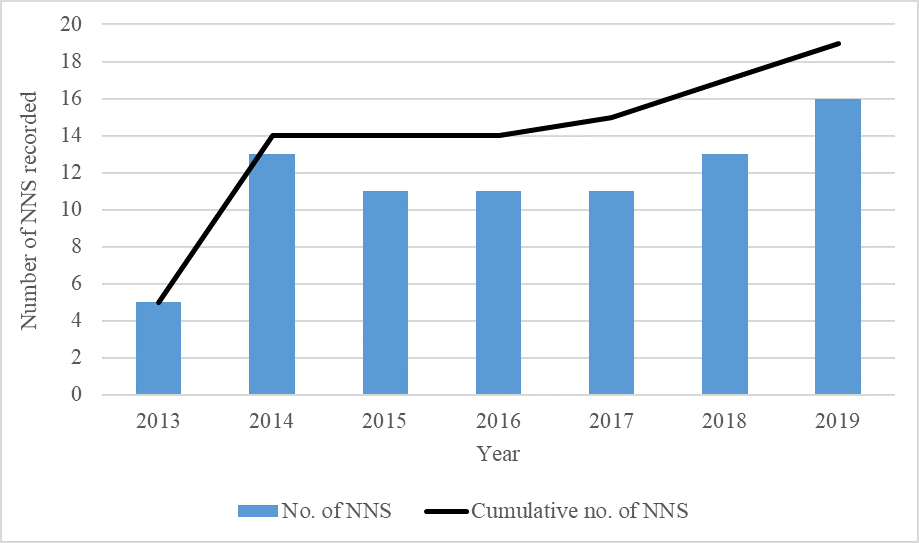

Figure 3: Total number of non-native species recorded at each survey site (2012 – 2017). Modified from Kakkonen et al., 2019.

Figure 4: Total number of sites for which each non-native species has been recorded for each sampling method for 2016 and 2017.
Abbreviations: Cm: Caprella mutica, Bh: Bonnemaisonia hamifera, Sj: Schizoporella japonica, Ce: Corella eumyota, Cp: Colpomenia peregrina, Cf: Codium fragile ssp. fragile, Ti: Tricellaria inopinata, Ah: Asterocarpa humilis, Mh: Melanothamnus harveyi, Dj: Dasysiphonia japonica, Cs: Ctenodrilus serratus, Tj: Telmatogeton japonicus, Pa: Potamopyrgus antipodarum. Modified from Kakkonen et al., 2019.

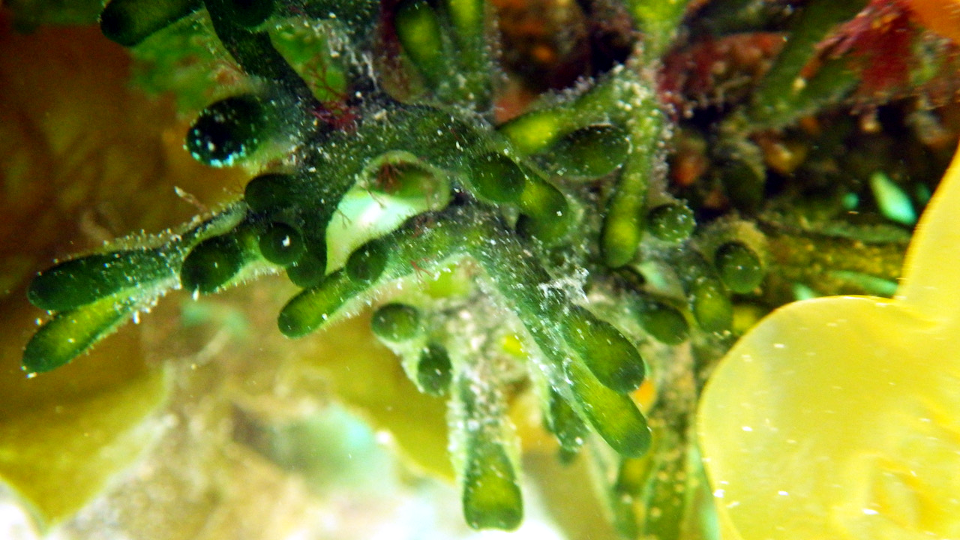
In Orkney the most NNS have been recorded on artificial habitats: navigation buoys (sites 7 – 11, 48, 49) (Figure 6, top left), marinas (sites 21, 22, 23) (Figure 6, top right), pier and harbour walls (sites 24 – 30) (Figure 6, bottom left) and Visitor Yacht Mooring buoys and fenders (sites 31 – 47) (Figure 6, bottom right). This highlights that currently, in Orkney, marine NNS are most likely to establish and thrive on man-made artificial habitats rather than in the natural environment.
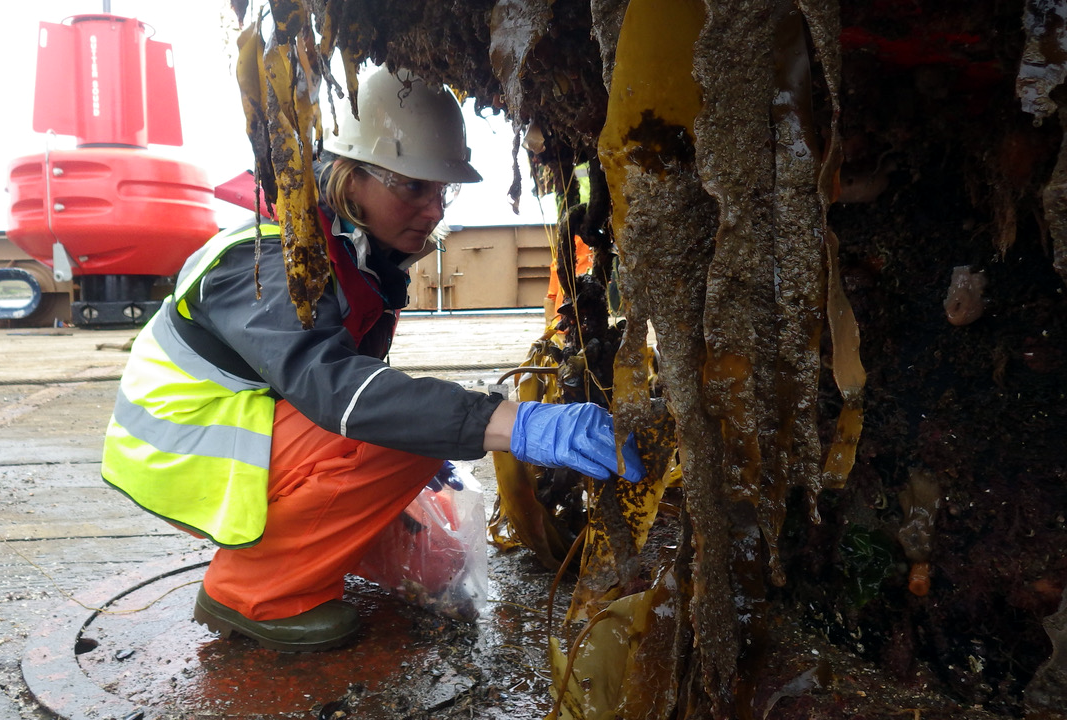

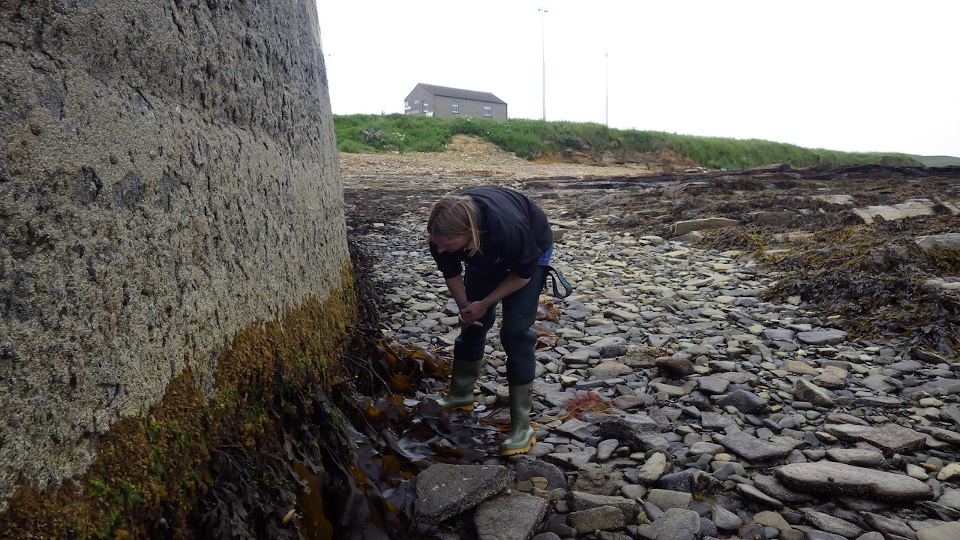
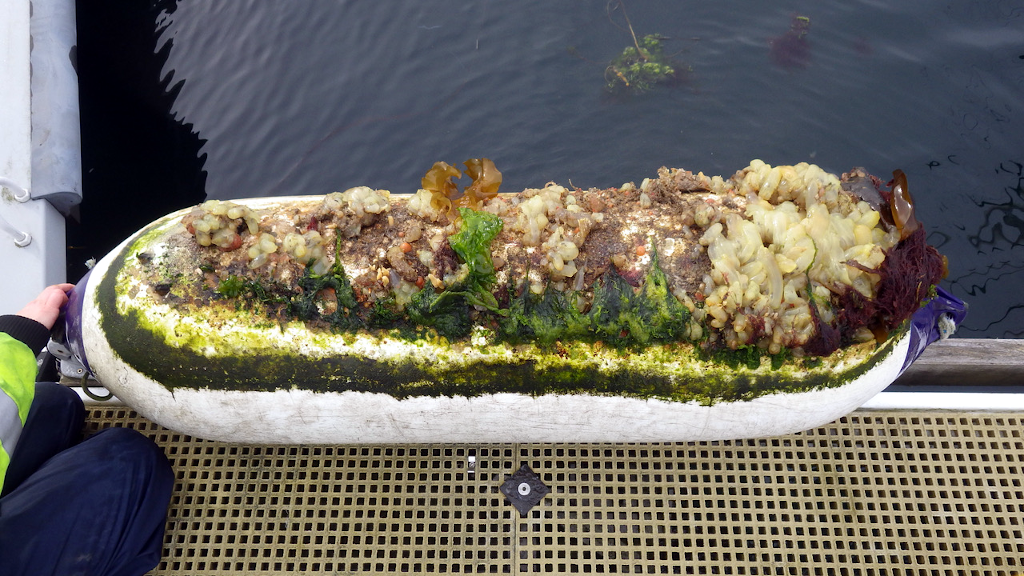
The programme has used several methods in surveying and collecting samples and this use of different methods has proven an important element of the programme. Data analysed for 2016 and 2017 showed that large conspicuous species, for example Japanese skeleton shrimp Caprella mutica, were recorded during rapid assessment surveys, in scrape samples and by the settlement panels (Figure 7). In comparison the small Jenkin’s spire snail was only recorded in scrape samples. The use of several methods at each site has ensured that as many NNS as was possible were recorded.
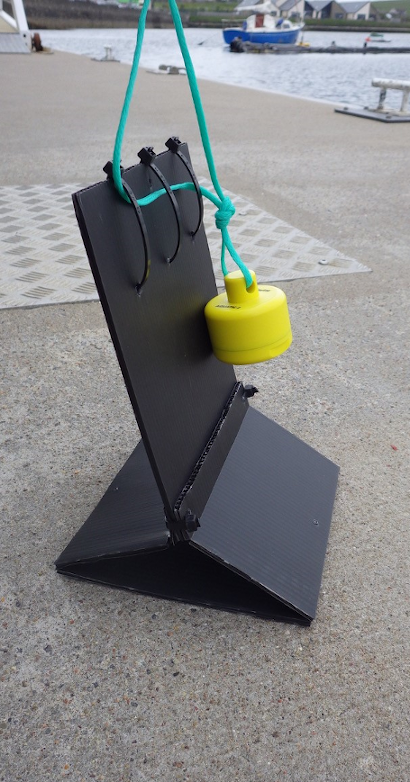
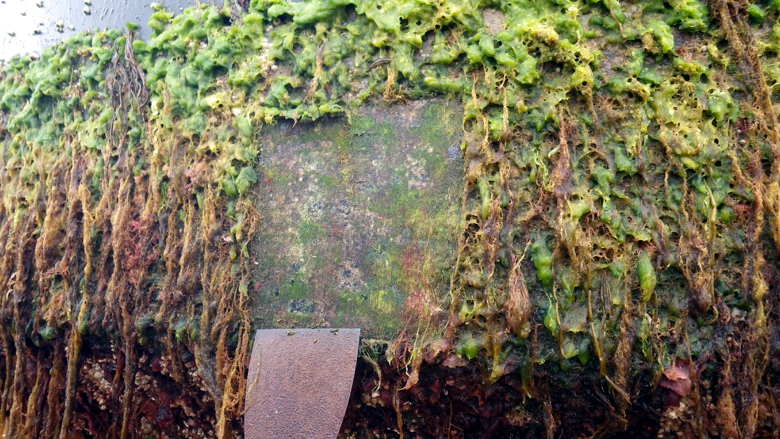
The NNS monitoring programme in Orkney is an on-going programme which continues to record new arrivals and the dispersal of already established NNS within the Orkney Islands. No invasive marine NNS have been recorded in Orkney yet but the on-going programme is ideally placed to detect them if any were to be introduced.

